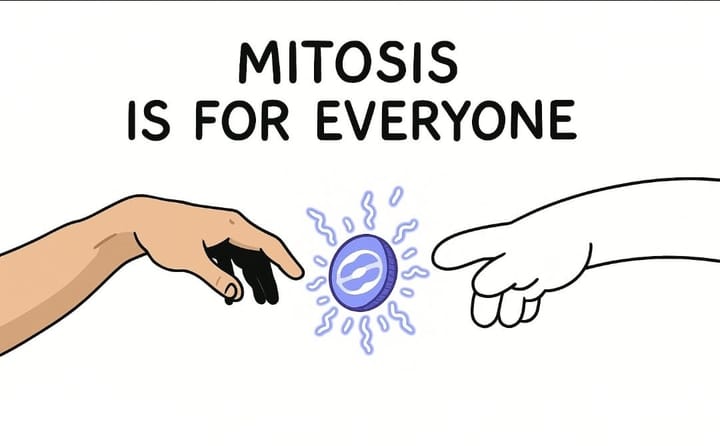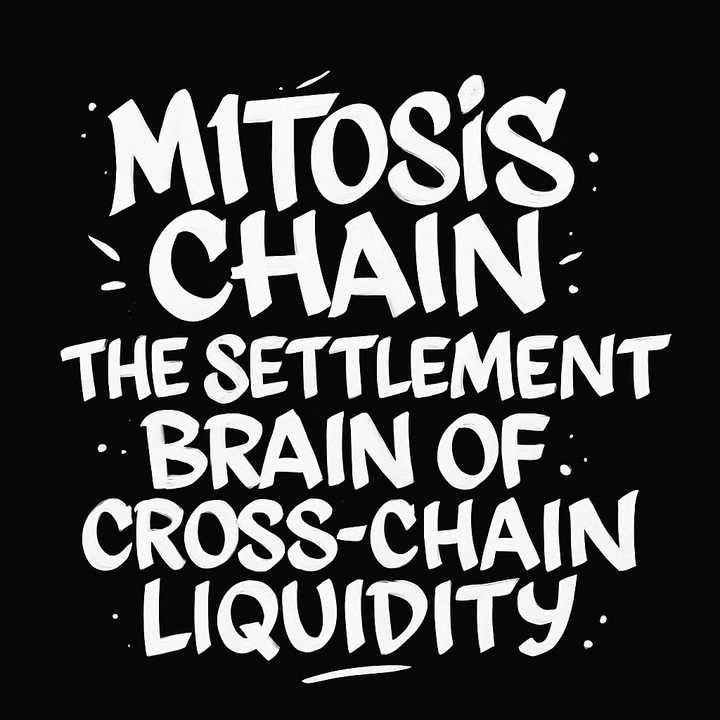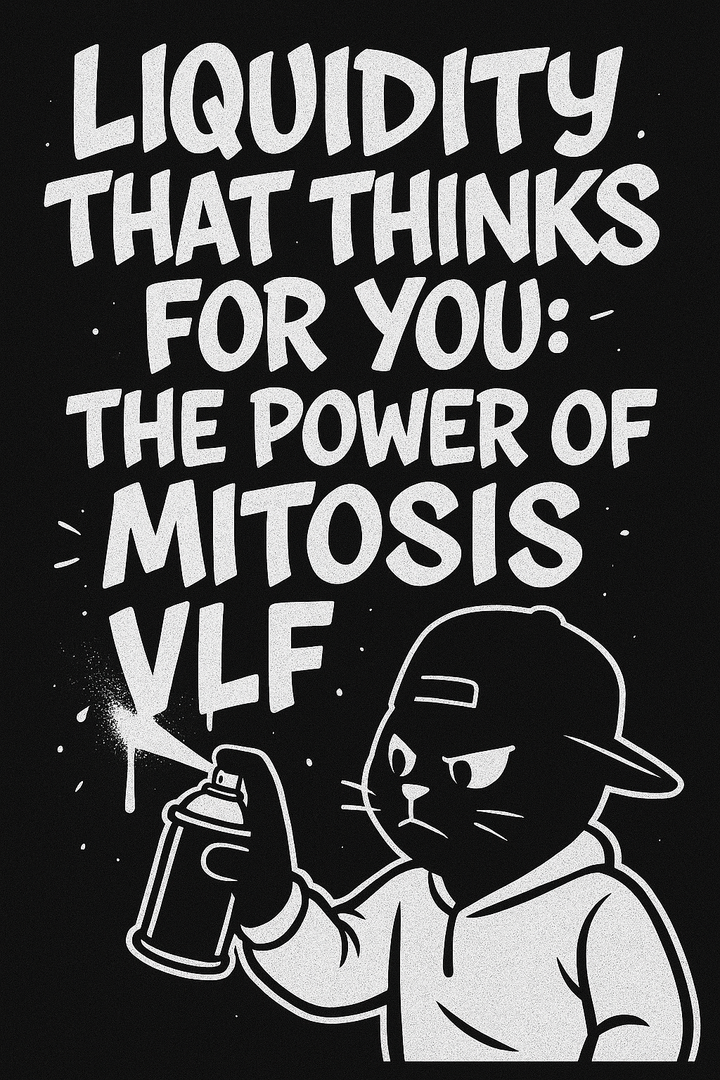What Are Gas Fees and Why Do They Exist in Crypto
INTRODUCTION
Gas fees are small payments you make to perform actions on a blockchain network. These actions could be sending crypto, swapping tokens, minting NFTs, or interacting with smart contracts.
They are called "gas" because they act like fuel. Just as a car needs fuel to move, a blockchain needs gas to process and record your transaction.
Why does Gas Fees Exist?
Gas fees serve three main purposes:
- To pay network validators
Blockchains like Ethereum are powered by a distributed network of computers. These computers called validators are responsible for confirming and recording transactions. They are doing real work and using electricity, so gas fees are a way to reward them. - To prevent spam and overload
Without a cost, people could spam the blockchain with thousands of meaningless transactions. Gas fees make this expensive and therefore prevent network abuse. If you want to use the system, you have to pay for it. - To allocate limited space
Every block in a blockchain has a limit to how many transactions it can fit. When the network is busy, users compete to get their transaction included quickly. This is where gas fees can rise. The higher you pay, the more likely your transaction is picked first by a validator.
What Determines the Cost of Gas
The gas fee you pay depends on two things:
- How complex your transaction is
Simple transfers like sending ETH cost less. More complex actions like swapping tokens or interacting with a DeFi protocol cost more because they use more computational steps. - How busy the network is
When many users are trying to use the network at the same time, fees go up. It's supply and demand. The network can only handle so much at once, so users bid with higher fees to jump the line.
Real-World Analogy:
Think of blockchain like a public road.
Every car is a transaction
Gas is what powers your trip
If traffic is light, you get through cheaply
If there's a traffic jam, you either wait or pay extra to use a fast lane
Are Gas Fees Always High?
Not always. Some blockchains like Solana or Avalanche offer much lower fees than Ethereum. Ethereum itself is working on upgrades to reduce fees through scaling solutions like rollups (Arbitrum, Optimism) and Ethereum 2.0 improvements.
CONCLUSION
Gas fees may feel annoying, but they exist to keep the blockchain secure, fair, and functional. They reward the people who maintain the network and prevent it from being clogged by spam. Over time, improvements are being made to lower these costs and make blockchain access more affordable for everyone.



Comments ()